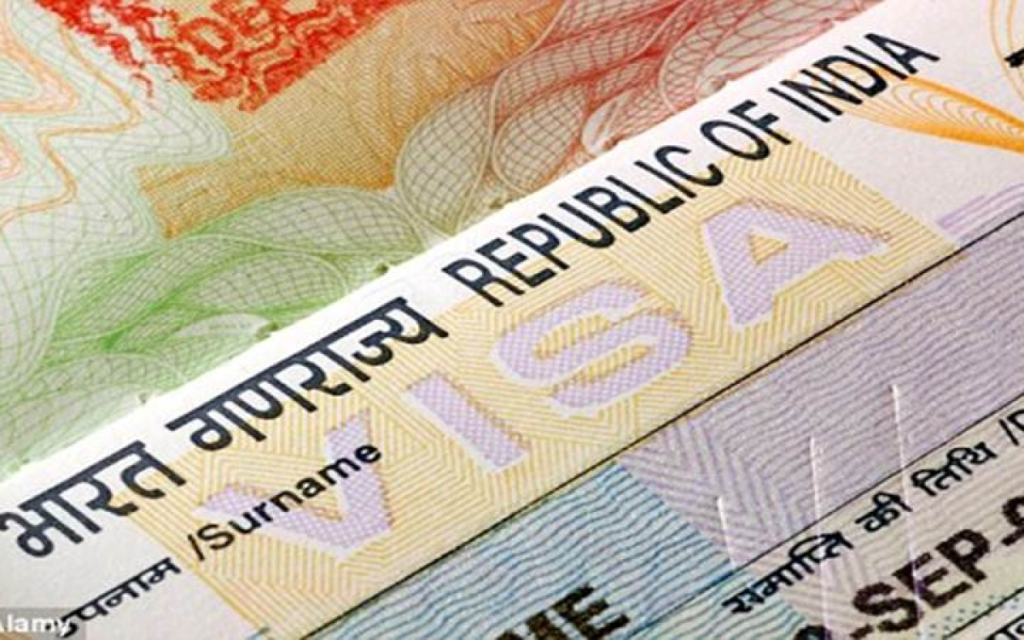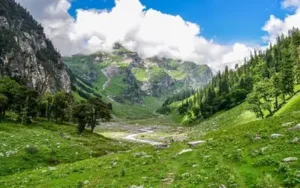The Complete Guide to Indian Visa on Arrival and Application Process
3 min read
If you’re planning a trip to India, you must have a visa to enter the country. The good news is that getting an Indian visa is now more accessible than ever, thanks to the Indian visa on arrival program. In this article, we will walk you through the Indian visa on arrival program and the Indian visa application process.
Indian Visa on Arrival
The Indian visa on arrival is an electronic travel authorization that allows eligible foreign nationals to enter India for a short stay of up to 60 days for tourism, business, or medical purposes. The Indian visa on arrival program is available to citizens of over 160 countries, including the United States, the United Kingdom, Australia, Canada, and many others.
To be eligible for an Indian Visa On Arrival, travelers must meet the following criteria:
- They must hold a passport with a minimum validity of six months from the date of arrival in India.
- They must have a return ticket or an onward journey ticket and sufficient funds to support themselves during their stay in India.
- They must apply for an Indian visa on arrival online at least four days before their intended date of arrival.
- They must arrive at one of the designated airports in India, including Bengaluru, Chennai, Delhi, Hyderabad, Kolkata, Mumbai, and Thiruvananthapuram.
To apply for an Indian visa on arrival, travelers must complete the online application form and provide the following information:
- Personal information, including full name, date of birth, nationality, passport number, and passport expiration date.
- Contact information, including email address and phone number.
- Travel information, including the purpose of the visit, the intended length of stay, and the date of arrival in India.
- A recent passport-size photograph.
After completing the online application form, travelers must pay the visa fee online using a credit or debit card. The Indian visa on arrival fee varies depending on the traveler’s nationality.
Once the visa is approved, travelers will receive an electronic travel authorization (ETA) via email. The ETA must be printed and presented to the immigration officer upon arrival in India, along with the passport and the return or onward journey ticket.
Indian Visa Application Process
If you are not eligible for an Indian visa on arrival or prefer to apply for a visa in advance, you can apply for an Indian visa through the traditional visa application process. Here’s a step-by-step guide to the Indian visa application process:
Step 1: Determine the type of Indian visa you need
There are several types of Indian visas, including tourist visas, business visas, medical visas, student visas, and others. Make sure to determine the type of visa you need based on the purpose of your visit to India.
Step 2: Complete the online application form
Once you have determined the type of Indian visa you need, you must complete the online application form. The application form requires you to provide personal information, including your name, date of birth, nationality, and passport details, as well as travel information, including the purpose of your visit, the intended length of stay, and the date of arrival in India.
Step 3: Gather the required documents
The documents required for an Indian visa vary depending on the type of visa and the traveler’s nationality. Generally, you will need to provide the following documents:
- A valid passport with a minimum validity of six months from the date of arrival in India.
- A recent passport-size photograph.
- A copy of the completed online application form.
- Proof of travel arrangements, including the return or onward journey ticket.
- Proof of sufficient funds to support yourself during your stay in India.
- Additional documents depending on the type of visa, such as an invitation letter




